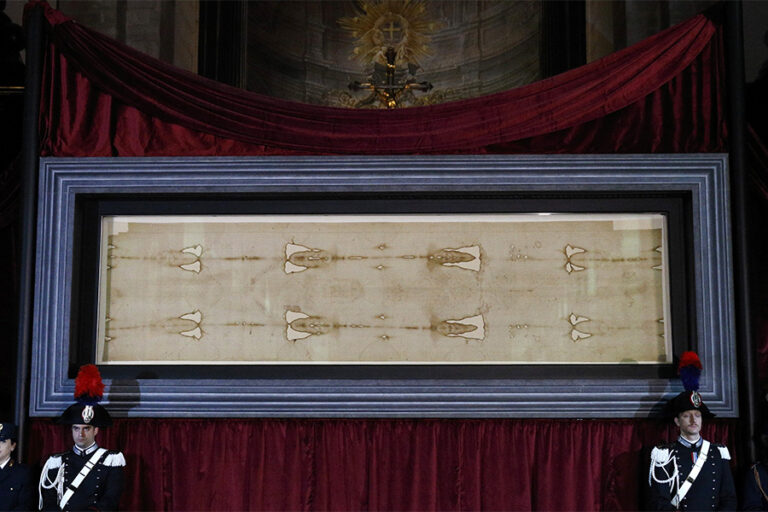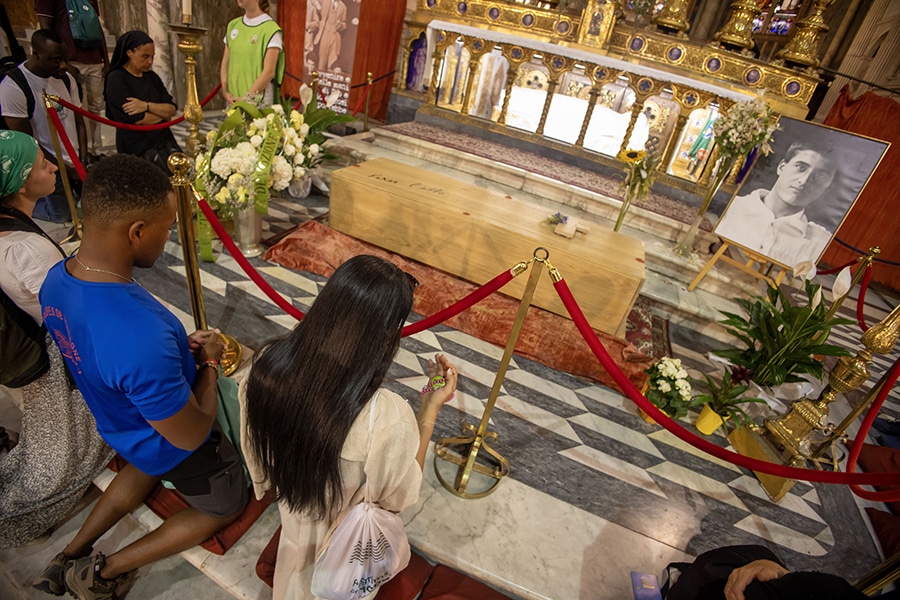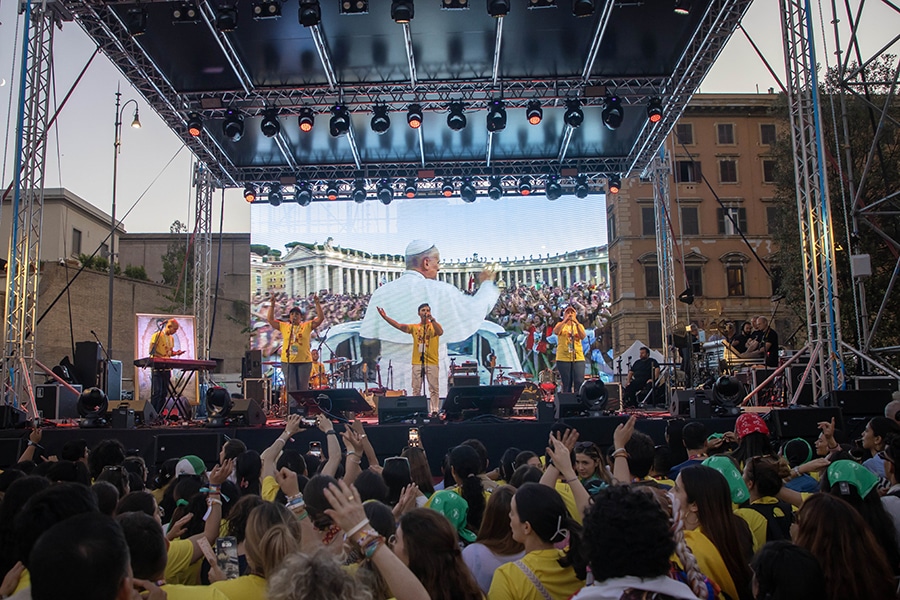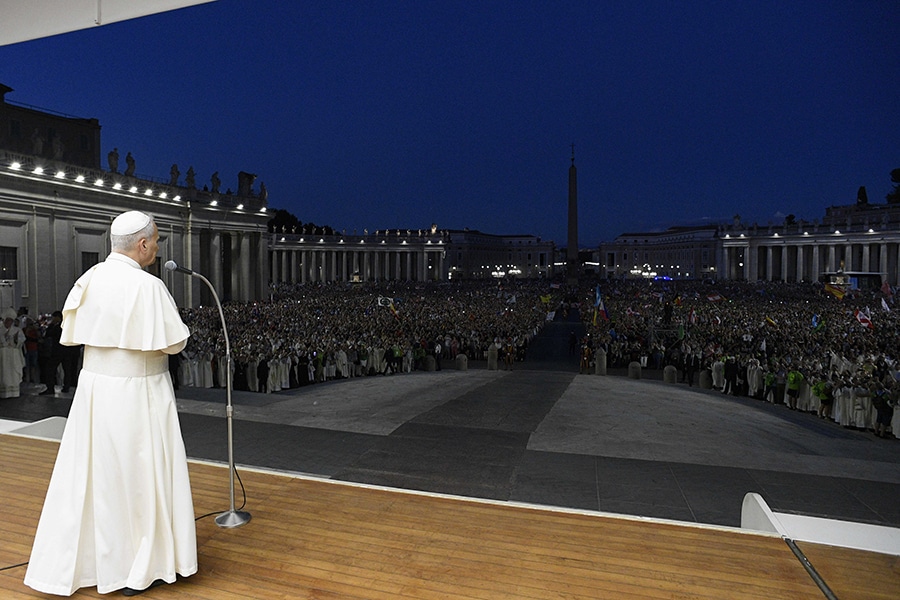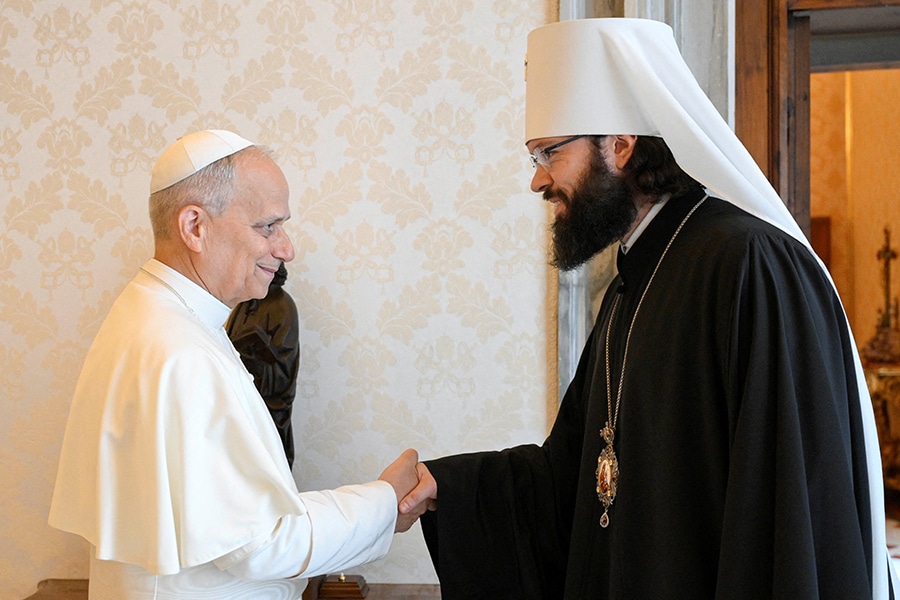A study published in July revealed that a new analysis of the Shroud of Turin, including the composition and a microscopic analysis of bloodstains, shows that the marks are consistent with the tortures endured by Christ as described in the Gospels.
The study, titled “New Insights on Blood Evidence from the Turin Shroud Consistent with Jesus Christ’s Tortures,” stated that the presence of creatinine particles with ferritin, which are often a by-product of muscle contractions, “confirms, at a microscopic level, the very heavy torture suffered by Jesus of the HST,” or Holy Shroud of Turin.
Furthermore, “numerous bloodstains scattered throughout the double body image of the HST show evidence that Jesus of the HST was tortured,” it stated.
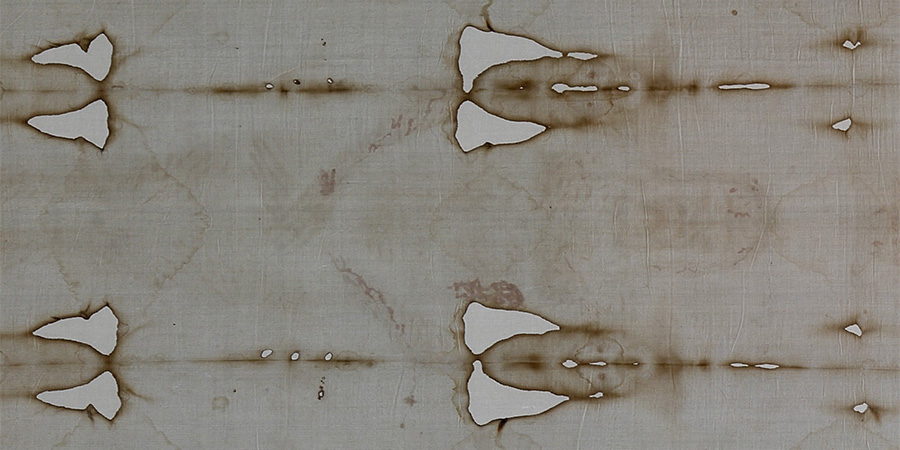
“Bloodstained marks all over the body image which are consistent with pre-crucifixion flagellation, bloodstained marks on the head that are consistent with a ‘crown’ of thorns, blood marks on the hand and feet that are consistent with crucifixion and the bloodstain on the chest that evidences a post-mortem wound that corresponds with the post-mortem spear wound that Christ received as is described in the Bible,” the report said.
The new study was written by Giulio Fanti, associate professor of Mechanical and Thermal Measurements at the Department of Industrial Engineering of the University of Padua. According to his personal website, Fanti has studied and written about the famed burial cloth since 2004.
The funding for the study, the report said, “was partially supported by a religious group
that requested anonymity” and that the group entrusted Fanti with “the analysis of the so-called ‘Padre Pio handkerchief,’ a fabric on which two images considered miraculous are imprinted on the front and back of (a Shroud of Turin-like) Jesus Christ and Saint Pio of Pietrelcina, respectively.”
According to the report, a preliminary study conducted by Fanti, along with Christian Privitera, an engineer, revealed the presence “of an almost transparent substance” between the bloodstained threads of the shroud.
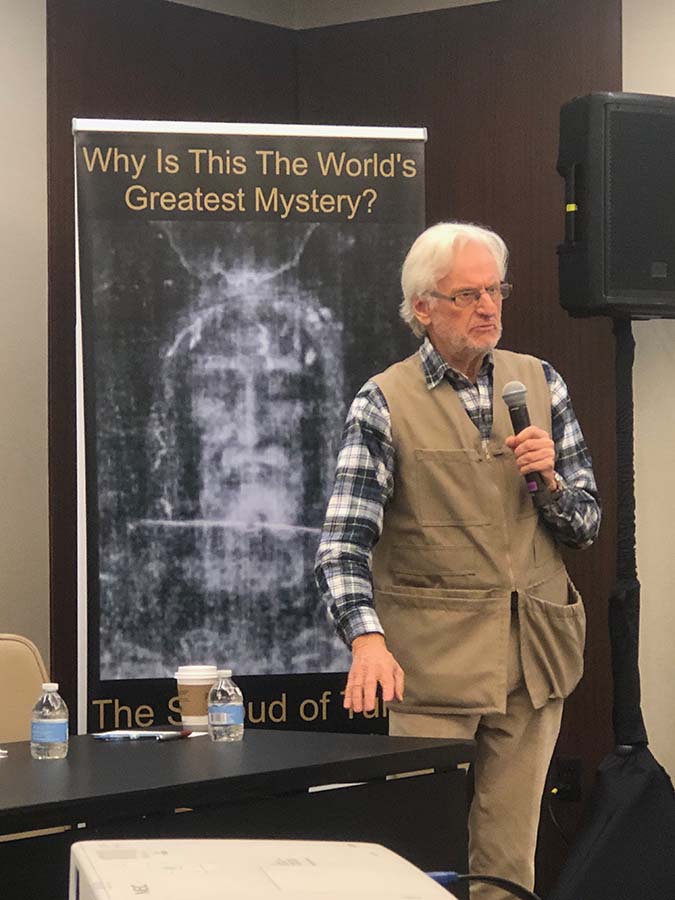
“This substance, given its origin and in agreement with other scholars who have analyzed the Shroud of Oviedo, could be the semi-transparent fluid produced by pulmonary edema,” the report said, referring to the excessive accumulation of fluid in the lungs that Jesus was believed to have suffered from while on the cross.
The Shroud of Oviedo, Spain, is what both tradition and scientific studies claim was the cloth used to cover and clean the face of Jesus after the crucifixion.
Fanti’s study on the Shroud of Turin stated that aside from confirming the Gospel accounts of Jesus’ torture, including the flagellation, the right eye of the man of the shroud, given that it was “more sunken” with a vertical mark over the “apparently furrowed” eyelid,” indicate that he “could have been blinded by another blow of the scourge on the head.”
“As an alternative to the scourge mark on the right eye, one can think of a wound produced by a thorn from the crown placed on Jesus’ head,” the report stated.
The 14-foot-by-4-foot shroud features a full-length photonegative image of a man, front and back, bearing signs of wounds that correspond to the Gospel accounts of the torture Jesus endured in his passion and death.
The Catholic Church has never officially ruled on the shroud’s authenticity, saying judgments about its age and origin belonged to scientific investigation. Scientists have debated its authenticity for decades, and studies have led to conflicting results.
A 1988 carbon testing dated the cloth to the 12th century, leading many to conclude that the shroud is a medieval forgery. However, scientists have challenged that claim by noting that the methodology of the testing was erroneous and that the sample used in the carbon dating process was a piece used to mend the cloth in the Middle Ages.
A 2014 study published in the 2018 Journal of Forensic Sciences by Matteo Borrini, an Italian forensic scientist, and Luigi Garlaschelli, an Italian chemist, stated that blood patterns on the shroud were not consistent with those left by a crucified person.
Garlaschelli also posted a YouTube video of his experiment in 2015 using a live person to study the blood patterns in various positions as well as pressing a sponge against a plastic mannequin to examine the way the fake blood flowed.
However, several experts and researchers criticized the 2014 study, stating that their findings lacked the accuracy of past studies, some of which involved cadavers of men who died of hemopericardium, the pooling of blood in the heart, which is believed to be what ultimately caused Jesus’ death on the cross.
In his report, Fanti questioned the results of the 1988 study, stating that certain factors, including the presence of neutron radiation, transformed elements in the shroud, “thus heavily skewing the results of the radiocarbon dating of the HST performed in 1988 by many centuries.”
Also read:
Supporters offer million-dollar prize to replicate Shroud of Turin
RADIO INTERVIEW: The Shroud of Turin
Read More Vatican News
Copyright © 2024 OSV News

